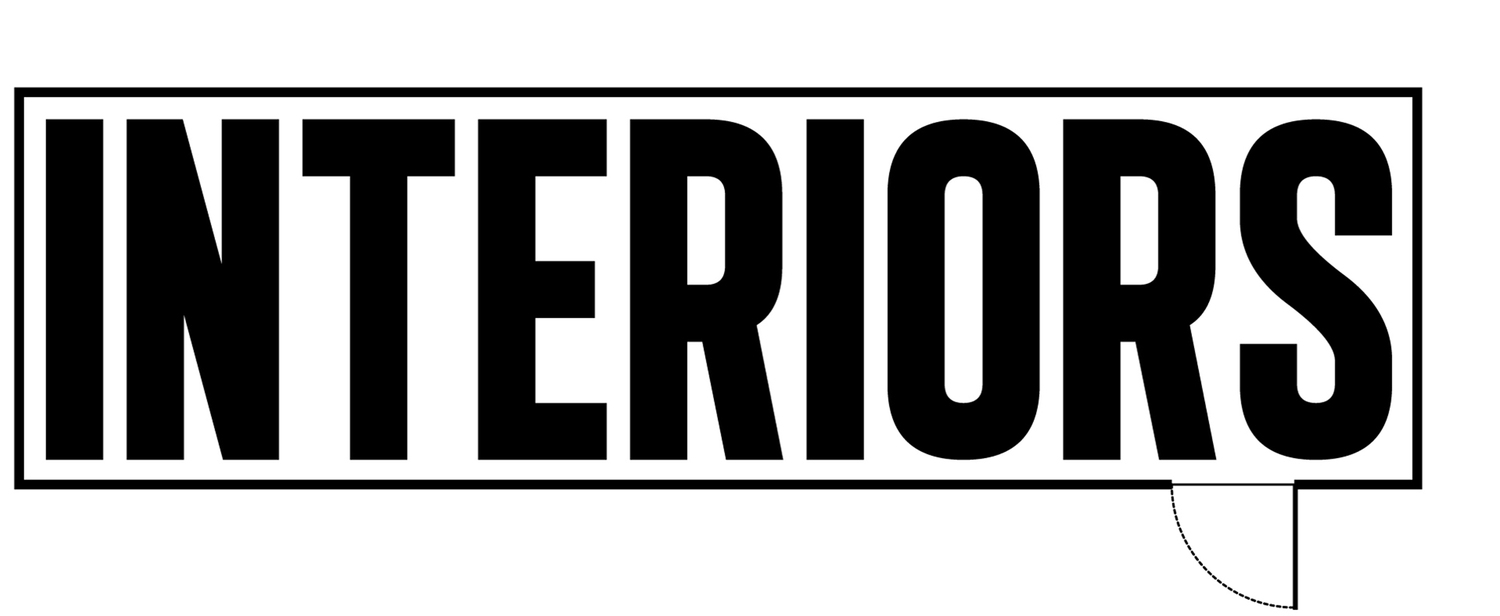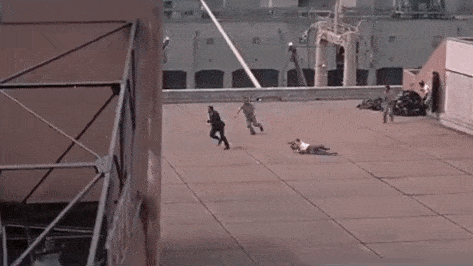Beyond the Frame #19: Viewfinder
/The following piece is a continuation of a series, Behind the Frame by Chris Rogers, which analyzes how the built environment has been represented on the big screen. Interiors will post future pieces on INTJournal.com.
Famous structures appear in the background of many films. But when an actor enters a celebrated building – Buckingham Palace, the White House, the Kremlin – they are almost always entering an illusion. Security considerations as well as the demands of the movie-making process ensure this, and the audience is happily if subconsciously complicit. Very occasionally, though, a well-known building plays itself, inside as well as out.
VERTIGO (1958)
Cultural institutions have proven cautiously accessible to film-makers, not least because they are already accustomed to welcoming large numbers of visitors. Their position as custodians of unique and valuable objects does present its own challenges, however.
The Musée du Louvre in Paris is the most visited museum in the world, and both the earliest and the best-known films to be shot there integrate the complex into their stories beyond a simple choice of location. Jean-Paul Salomé became the first director to be given full inside access in order to shoot scenes for Belphégor, Le fantôme du Louvre. Real paintings and other exhibits were on display as his titular spirit, traditionally one of the seven princes of Hell, escaped from an Egyptian sarcophagus and penetrated the building itself before possessing a character. Five years later The Da Vinci Code told another fantastic story, with Ron Howard able to secure footage – only at night, and with no internal lighting – in the museum’s Denon wing and along its Grande Galerie. Other scenes were filmed on a studio set, where the Mona Lisa and a Carravaggio picture that plays a key part in the narrative were also simulated. The original of the latter remained safe in the Louvre where it was seen by even more visitors after the success of Howard’s film.
The Da Vinci Code (2006)
Phaedra (1962)
The most popular museum in London is the British Museum, whose Victorian building has had various additions since it opened. The title character of Jules Dassin's film Phaedra – an updating of the ancient Greek tragedy – first meets the stepson with whom she will have a doubly illicit affair in its Duveen Gallery, built between the world wars for redisplay of the Elgin Marbles or Parthenon Sculptures and to the same dimensions as the Athens temple from which they came. Filming in front of Greek antiquities whose presence in London was already controversial when the space housing them was built added a further charge; that Phaedra was played by Melina Mercouri, later elected to parliament in Greece and a prominent advocate of the Sculptures’ return, brought additional significance for subsequent audiences. The most famous architectural element of the Museum is the Round Reading Room, which before its closure was used by Karl Marx and George Orwell amongst others. As part of a sustained effort toward absolute realism during the making of The Day of the Jackal, echoing the source novel by former journalist Frederick Forsyth, Fred Zimmerman directed a short sequence within the Room. In it the titular hitman researches his intended target, General de Gaulle, in bound pages of the Le Figaro newspaper.
The Interpreter (2005)
The Omen (1976)
San Francisco's built heritage was woven into the action of Vertigo under Alfred Hitchcock, with filming in the shadow of the Golden Gate Bridge and elsewhere. A crucial scene occurs inside the city’s Legion of Honor art museum, when Madeleine Elster gazes at a portrait of the dead woman she feels a connection with. Unlike Howard at the Louvre, Hitchcock was able to work in the museum whilst it was open and employed a mix of artificial light and daylight, obtaining this via its skylight. Fittingly for a story about image and reality, the portrait was a prop that temporarily replaced one in the museum’s collection but the man interacting with actor James Stewart was an actual Legion security guard. And, given the film’s themes of death and reincarnation, it is perhaps notable that the Legion was founded to commemorate Californian soldiers who were killed in the Great War.
Buildings with governmental connections have been less amenable to use in this way but here too there are exceptions, adding weight to the films in which these moments occur.
The United Nations occupies a Modernist campus in New York, on the shore of the East River. Alongside the tower of the Secretariat is the ramp-like General Assembly Building, in use from 1952. Fifty years on Sydney Pollack was able to gain admission to its interior for the first time with The Interpreter. Sean Penn and Nicole Kidman sat in two of the 2,000 delegate seats, other actors took the speaker’s rostrum and podium and the atrium – which Hitchcock had had to reproduce via a matte painting for North By North West decades previously – bustled with extras.
Quite remarkably in view of its plot, Richard Donner was allowed to film The Omen inside and around the United States Chancery in Grosvenor Square, central London, and the director makes full use of this precious access. In a fluidly directed dialogue scene Gregory Peck, playing US ambassador Robert Thorn, is dropped off outside the building, walks in to the entrance lobby and then up to the main lobby and finally enters the lifts, all the time fending off the press. He receives Patrick Troughton as Father Brennan in the following scene, clearly shot in a north east corner office of the Chancery with the buildings of North Audley street and Upper Brook Street visible through the windows from various angles. Its coda has Brennan escorted out of the building and, on the main steps, caught in a photograph that will foretell his fate.
Escape from Alcatraz (1979)
Red Heat (1988)
A civilian prison was maintained on Alcatraz Island in San Francisco Bay for thirty years, during which period none of its prisoners was ever proven to have escaped. This fearsome reputation and its list of notorious inmates ensured many films were set there, but it was only after the gaol closed in 1963 that shooting could take place at the location itself. Point Blank, The Enforcer, Escape from Alcatraz and, rather later, The Rock were all photographed on the island or inside the cellblocks. Such authenticity, aided by the decay which was a contributory factor in that closure, preserved Alcatraz’s undeniable atmosphere even when empty, especially for the releases before the island was opened to the general public.
If the Iron Curtain represented the ultimate barrier to filming, so fundamental was the division brought about by the Cold War, then Walter Hill’s action thriller Red Heat, made over a year before the fall of the Soviet Union, is a milestone. In it, by-the-book Russian police officer Ivan Danko (Arnold Schwarzenegger) travels to Chicago and forms an awkward partnership with brash American street cop Art Ridzik (James Belushi) to extradite a murderous drug dealer; each, inevitably, learns something from the other during what follows and they part as friends. The final shot contains the film’s coup de cinema: Schwarzenegger salutes the camera, walks off screen and reveals himself to be in what is unquestionably Red Square in Moscow, complete with a dusting of snow. The film was the first Western production permitted to shoot in this heavily symbolic location, although its other Eastern Europe exteriors were filmed in Helsinki.
These rare occurrences represent a return to the beginning of film, when its stories were told in the real places that people knew.
Chris Rogers writes, speaks and creates tours about architecture and other aspects of visual culture. He has written three books, including How to Read London – A crash course in London architecture (Ivy Press, 2017), a publisher's best-seller. His work and thoughts on architecture, film, art, design and television can be found at www.chrismrogers.net






